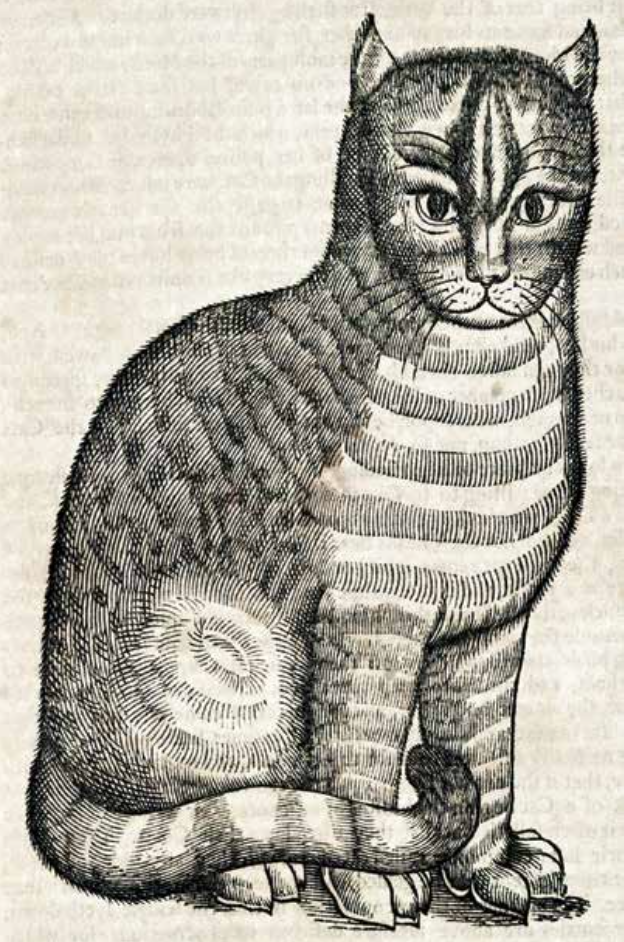The This Isn't The Twilight Saga: New Moon: The XXX ParodyHubble Space Telescope captured a new image of the galaxy known as NGC 7678, showing off its notoriously bright and beefy arm of stars and gas spiraling up and left from the bottom of its bright core.
Measuring about 115,000 light years wide, NGC 7678 is similar in size to our own Milky Way galaxy, with two main arms that make up its spiral. Located in the Pegasus constellation, it's roughly 164 million light-years away from us here on Earth.
 NGC 7678 was discovered in 1784 by the German-British astronomer William Herschel. Credit: ESA/Hubble & NASA, A. Riess et al.
NGC 7678 was discovered in 1784 by the German-British astronomer William Herschel. Credit: ESA/Hubble & NASA, A. Riess et al. The galaxy's heavy arm stems from an increased density of stars' gas in the area. Formations of spiral galaxies may be influenced by magnetic fields, and variations in the intensity and flow of those fields could alter the distribution of star-forming gases, although scientists aren't totally clear on all the factors that go into forming galaxies. The heavier arm was likely a recipient of more gas earlier in the lifespan of the galaxy, allowing more stars to form.
You May Also Like
NGC 7678 was first discovered in 1784 by William Herschel and entered into the New General Catalogue of nebulae and star clusters by John Louis Emil Dreyer in 1888, which is where it gets the acronym in its name. It's also known as Arp 28, as it's the 28th entry in Halton Arp's Atlas of Peculiar Galaxiespublished in 1966.
SEE ALSO: It's probably not aliens: New 'Oumuamua theory suggests simpler originsWhile many telescopes have captured NGC 7678 in qualities ranging from blurry to blurrier, this new image from Hubble is quite the glow-up from the original black-and-white view. In the Atlas of Peculiar Galaxies, NGC 7678 is one of six spiral galaxies noted for having one heavy arm.





